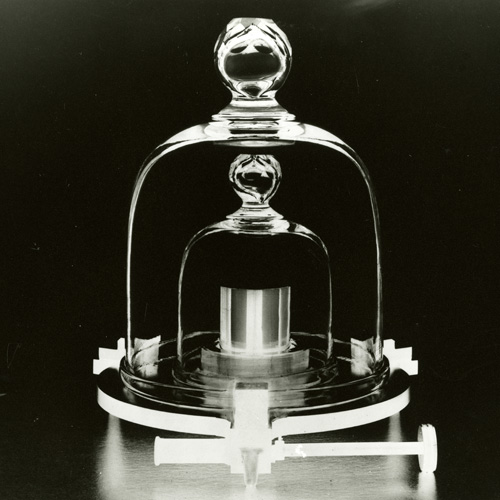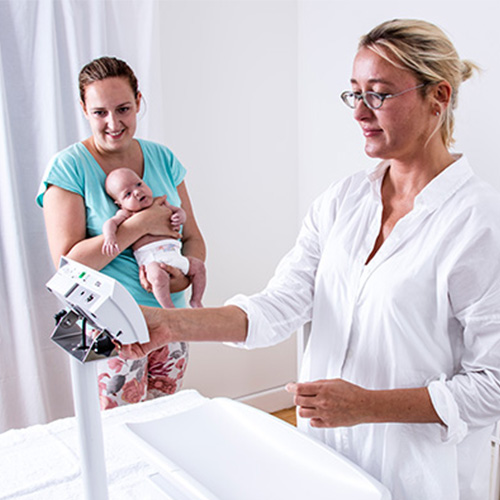Why Height Stadiometers are critical for Orthopedic Health

In the world of orthopedics focused on assessment of the musculoskeletal system, the venerable Height Stadiometer plays a crucial role!
Patient height is used for diagnosis, treatment planning, and monitoring of various orthopedic conditions. While seemingly basic, a precise height reading obtained using a calibrated stadiometer provides key information vital for optimal orthopedic care.
Growth Monitoring
A key application of height measurement in orthopedics lies in growth monitoring, particularly in pediatric and adolescent patients. Orthopedic conditions affecting the spine, such as scoliosis or kyphosis, can directly impact a child's growth trajectory. Regular and accurate height measurements, plotted on growth charts, can help clinicians identify abnormal growth, which is important for managing these conditions and minimizing long-term complications.
Body Mass Index
Height is a fundamental component in calculating Body Mass Index (BMI), a widely used screening tool for weight categories. While BMI has well-known limitations, in the context of orthopedics, it is still relevant as excess weight adds stress to the joints and bones (regardless of if it's from fat or muscle) and exacerbate various musculoskeletal issues, including osteoarthritis, back pain, and foot problems.
Assessing Spinal Deformity

Beyond growth and BMI, precise height measurement is essential for assessing and monitoring spinal deformities. Conditions like scoliosis (lateral curvature of the spine) and kyphosis (excessive forward curvature of the upper back) can cause a noticeable loss of height over time as the spine deviates from its normal alignment. Serial height measurements using a stadiometer can provide objective data on the progression of these deformities and help evaluate the effectiveness of bracing, physical therapy, or surgical interventions. Even subtle changes in height can be clinically significant and warrant further investigation.
Mounted/Stationary vs Portable
The choice between mounted and portable stadiometers depends on the clinical setting and specific needs:
- Mounted stadiometers offer the advantage of stability, which generally makes it easier to acquire accurate and consistent measurements. These are recommended for clinics and hospitals where frequent height measurements are taken.
- Portable stadiometers provide flexibility for field assessments, home visits, or situations where space is limited. Charder's portable stadiometers are designed to be lightweight yet sturdy, maintaining accuracy when used correctly.
Summary
In conclusion, while it may seem like a simple measurement, accurate height assessment using a calibrated stadiometer, whether portable or mounted, is an indispensable tool in orthopedic practice.
By providing a reliable baseline and tracking changes over time, precise height measurement contributes significantly to accurate diagnosis, effective treatment planning, and improved outcomes for patients with a wide range of orthopedic conditions!




